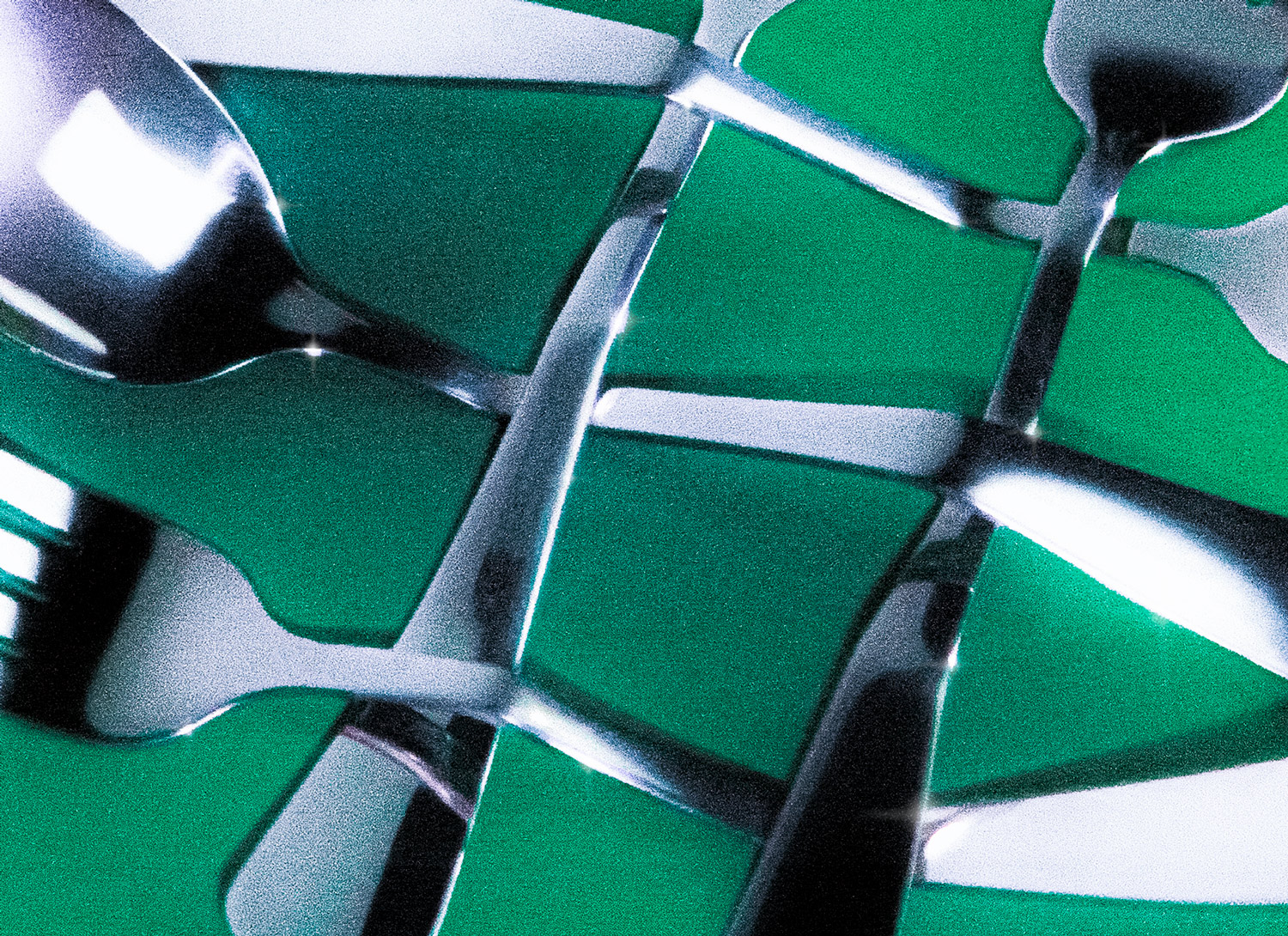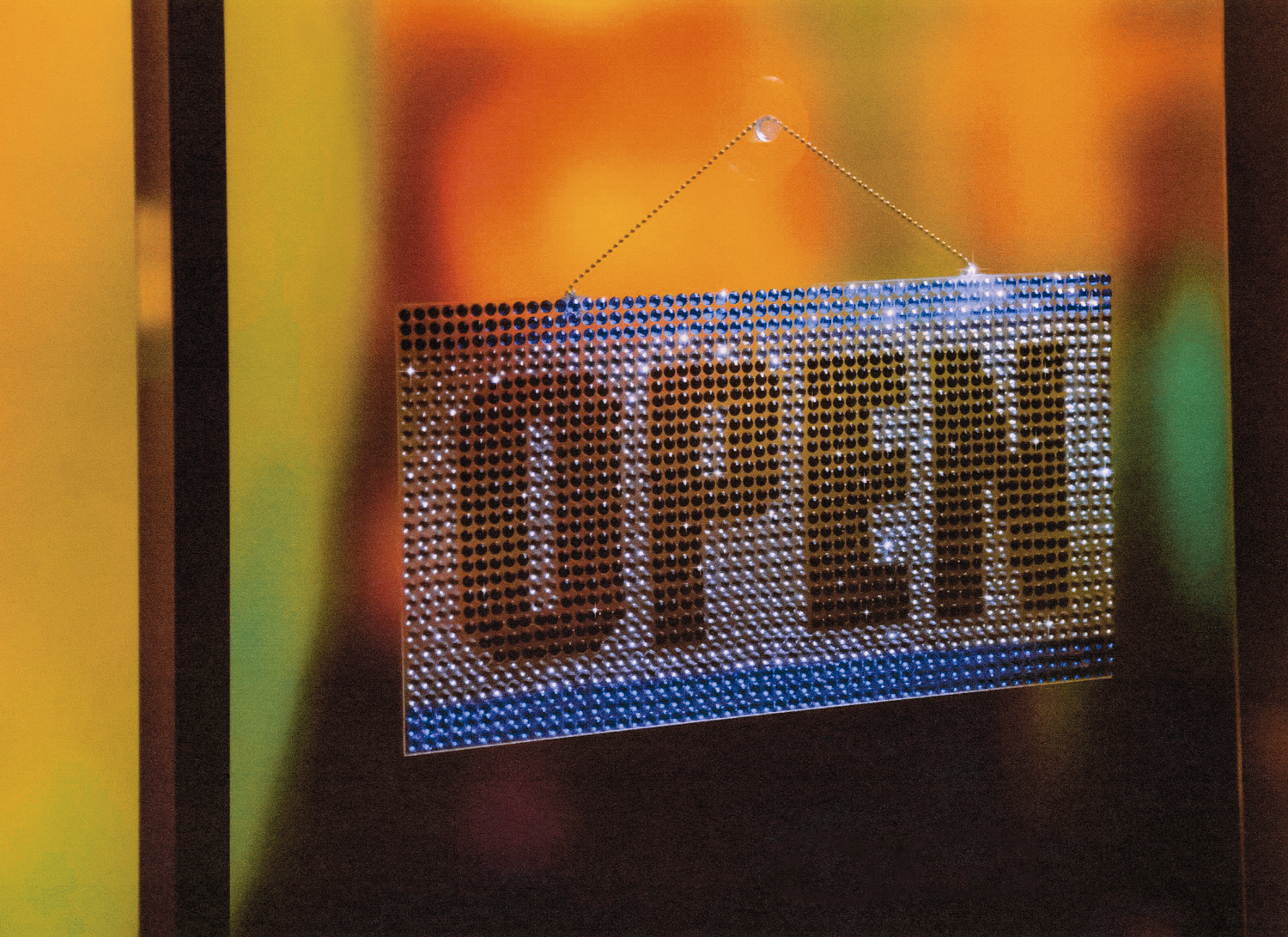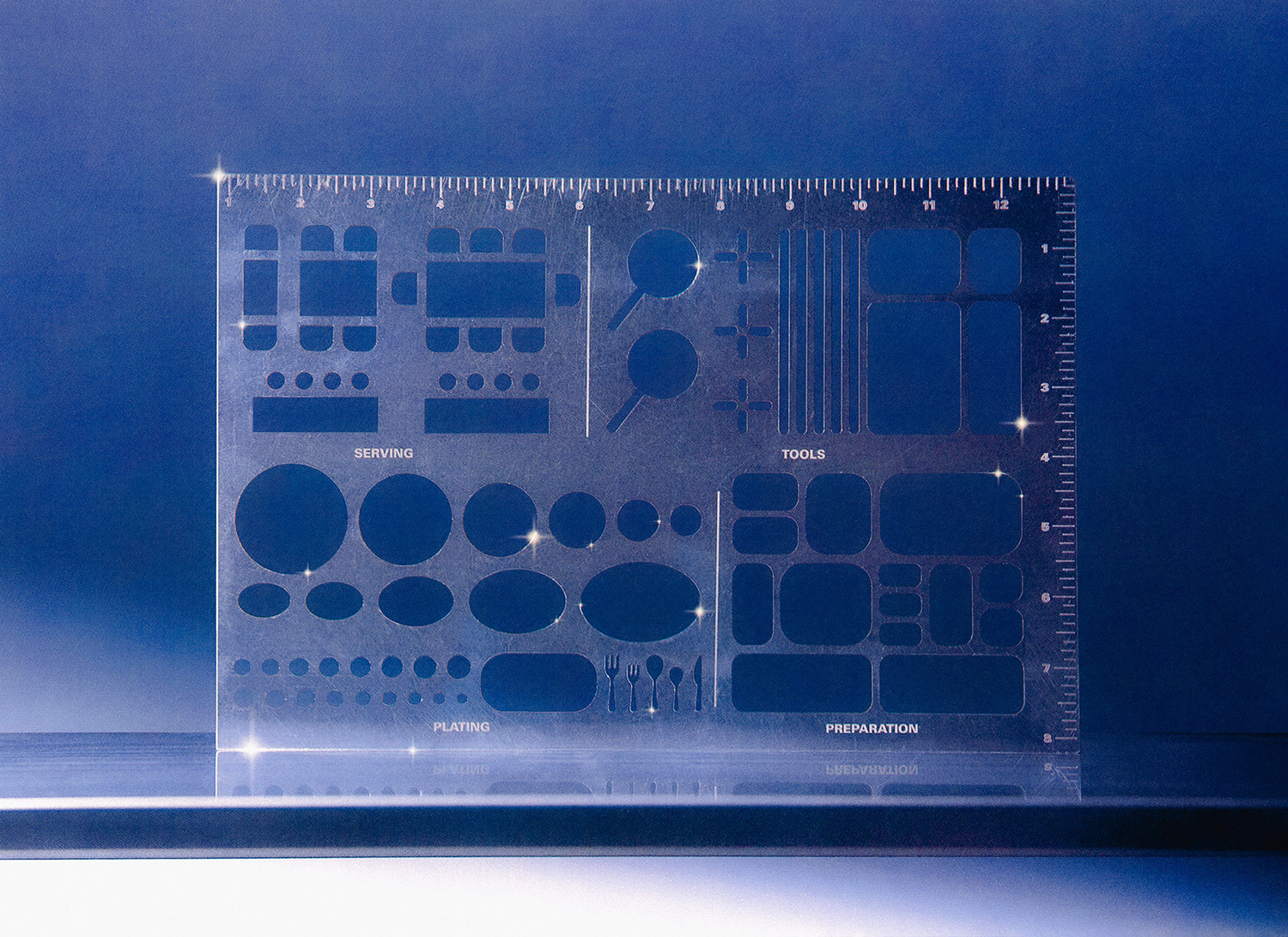What makes a restaurant? Over the past two years restaurateurs have reflected on this deeply personal and cultural question. The pandemic upended the most foundational aspects of the restaurant: labor, supply chains, place. Since 2020, chefs opened their kitchens to mutual aid initiatives, restaurants transformed their spaces to become specialty grocers, and ordering delivery (and merch) from a neighborhood dig felt like a political act. What came through in this great reset is that the creativity and resilience of people who work in restaurants are the beating heart of the experience of “going out to eat.” As we ramp into a new season of optimism for a return to full operations for the restaurant industry, we consider the ways design supports the professional labor behind eating out—whether you’re dining outside and inside the home.
MOLD’s mission of teasing out the intersections of food and design to build more equitable and accessible food futures has surfaced a perspective unique: those who have worked in professional kitchens but can also speak to the methodologies behind design. Katerina Liakos kicks off this series with her piece arguing that line cooks are designers. Tanita de Ruijt explores the ways that ecology and human labor become most clear when enjoyed through a meal. Lo Alalay, who is helping to open one of New York’s most anticipated restaurants of the season, speaks with chef-somm-owners Telly Justice and Camille Lindsley of HAGS on the shape of care-based, inclusive, queer futures in restaurants. And to close out the series, our own Hiba Zubairi takes a look at accessibility design in restaurant kitchens, and Dani Dillon wraps the series by answering a long-burning question from our team: Why aren’t there more worker-owned restaurants.
Restaurants knit communities together; they are the space where people gather to work, celebrate, love, and most importantly, share in experience. With the turn of seasons we hope that a new model for labor in the restaurant industry can help light the way for more people to find creative ways to collaborate in our expanding food web.





